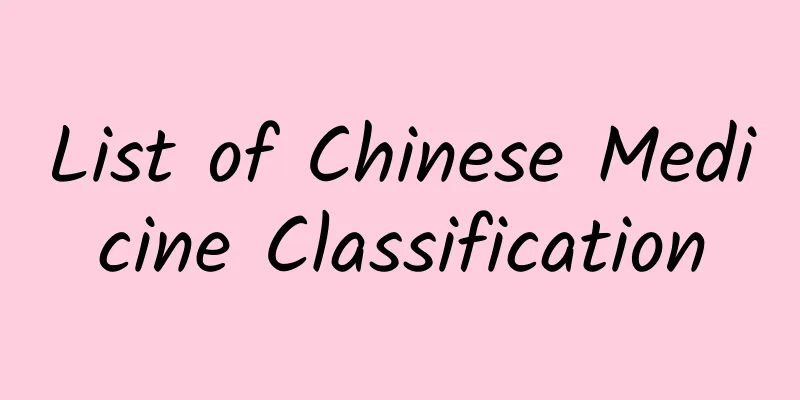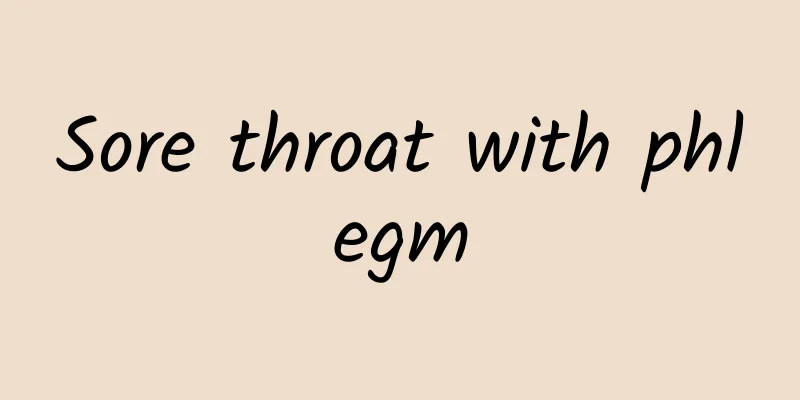List of Chinese Medicine Classification

|
There are many types of Chinese herbal medicines. According to preliminary statistics in recent years, the number is about 8,000, and there are about 700 common Chinese herbal medicines. Such a variety of types must be classified and organized according to a certain system to facilitate learning, research and application. The method of drug classification is continuously developing based on the gradual advancement of people's understanding of drugs. The earliest Chinese medicine book, Shennong's Herbal Classic, divided the 365 common medicines at that time into three grades: best, medium and low, according to the degree of toxicity and side effects and the purpose of taking the medicine: the best medicines are longevity medicines, which are non-toxic and will not cause death no matter how long they are taken; the medium medicines are disease prevention and blood nourishing medicines, which are harmful but not toxic, and depend on the dosage and method of use; the low-grade medicines are for curing diseases, which often have toxic side effects and cannot be taken for a long time. This classification method is simple and not smooth, and the classification of some drugs may not be appropriate. But at that time, it may have played a certain role in preventing poisoning due to the wrong use of medicines. When Tao Hongjing of the Liang Dynasty compiled the "Compendium of Materia Medica", he added 365 kinds of medicines, which were divided into six categories: jade, grass, wood, fruits and vegetables, rice and food, and unknown and unused ones. Each kind was further divided into three grades: upper, middle and lower. It was the beginning of classification based on the properties of medicines, but it was still relatively rough. It was not until the Ming Dynasty when Li Shizhen compiled the book "Compendium of Materia Medica" that the classification method began to develop significantly. He adopted the previous herbal classification method and slightly modified it to divide medicine into 16 categories: water, fire, earth, stone, grass, grain, vegetable, fruit, wood, tool, insect, scale, shell, bird, beast, and human. He also divided medicine from various places into 60 categories according to their ecology and characteristics. For example, the grass part includes mountain grass, lush grass, marsh grass, poisonous grass, creeping grass, various plants, stone grass, moss, weeds, etc. And he also often arranged plants of similar blood relationship or the same family together. For example, among the 53 medicinal herbs in the fourth category of grass, the grass family, 21 belonged to the Asteraceae family, and 10 of them were arranged together. This classification method facilitates the identification and collection of the original plants (or animals) of Chinese medicinal materials, and played a great role in dealing with the confusion of many Chinese medicinal materials at that time. The classification methods used in modern textbooks describing Chinese herbal medicines vary according to their purpose and emphasis. There are mainly four types: 1. Classified by the effects of the drugs - such as detoxifying drugs, heat-clearing drugs, qi-regulating drugs, blood-activating and blood-stasis-removing drugs, etc. 2. Classified according to medicinal value - such as roots, leafy vegetables, flowers, bark, etc. 3. Classified by ingredients - such as Chinese herbal medicines containing flavonoids, Chinese herbal medicines containing volatile oils, Chinese herbal medicines containing glycosides, etc. 4. Classify according to natural properties and related relationships - first divide Chinese herbal medicines into plant medicines, small animal medicines and mineral medicines. Animal and plant medicinal materials are classified and arranged according to their relationship to the original plants and animals. Such as Ephedraceae, Magnoliaceae, and Ranunculaceae. The various classification methods mentioned above have advantages and disadvantages. Which classification method is more suitable depends mainly on our purpose and requirements. For example, classification by medicinal effects is conducive to the study and research of the efficacy and uses of Chinese herbal medicines. Classification by medicinal value part is conducive to the study and comparison of the external shapes and internal structures of various Chinese herbal medicines, thus facilitating the property evaluation and microscopic evaluation of Chinese herbal medicines. Classification by ingredients is conducive to the study and research of the ingredients and chemical evaluation of Chinese herbal medicines. The method of classifying Chinese medicinal materials according to their natural properties and relationships is adopted because Chinese medicinal materials of the same family often have many similarities in external shape, internal structure, composition and therapeutic applications. The use of this classification method is not only conducive to the study and research of these similarities, but also to the comparison of their particularities to show their periodicity. This is beneficial not only to the evaluation of Chinese herbal medicines, but also to the search for animals and plants with the same or similar ingredients from animals and plants of the same genus to expand the medicinal resources. |
<<: What diseases does TCM treat before they occur?
>>: Real wild Ganoderma lucidum pictures
Recommend
Does rhinitis cause headache?
Rhinitis is quite common in life, especially chro...
Stockholm Syndrome
If you are held hostage by a robber or gangster, ...
Symptoms of contact dermatitis, burning and itching are the most obvious
There are many types of dermatitis, the most comm...
Nose bleeding can't be stopped
Unable to stop nose bleeding may be caused by dec...
What should I do if there are pimples on my butt?
Our body will give corresponding symptoms to refl...
What is the reason for the red spots on the breasts?
The breast is a relatively fragile part for women...
Will taking hyperthyroidism medicine make me fat?
I saw Jet Li's TV show online some time ago. ...
There is a fleshy ball inside the cheek that can move
The human body often has problems due to some rea...
Can white radish and honey cure cough? It is more effective than medicine
Spring is also a high-incidence season for coughs...
How to get rid of stye quickly
I don’t know if there are any people with sty aro...
What are the effects of an enlarged uterus?
For female friends, the uterus is one of the most...
What can't you eat if you have back pain?
Low back pain troubles many people, so we should ...
How long does it take for mycoplasma bronchitis to heal?
Bronchitis is a relatively common disease. There ...
What is Fritillaria
Many people don’t know much about Fritillaria, bu...
Normal uterine contractions for spontaneous abortion
After all, women who experience spontaneous abort...









